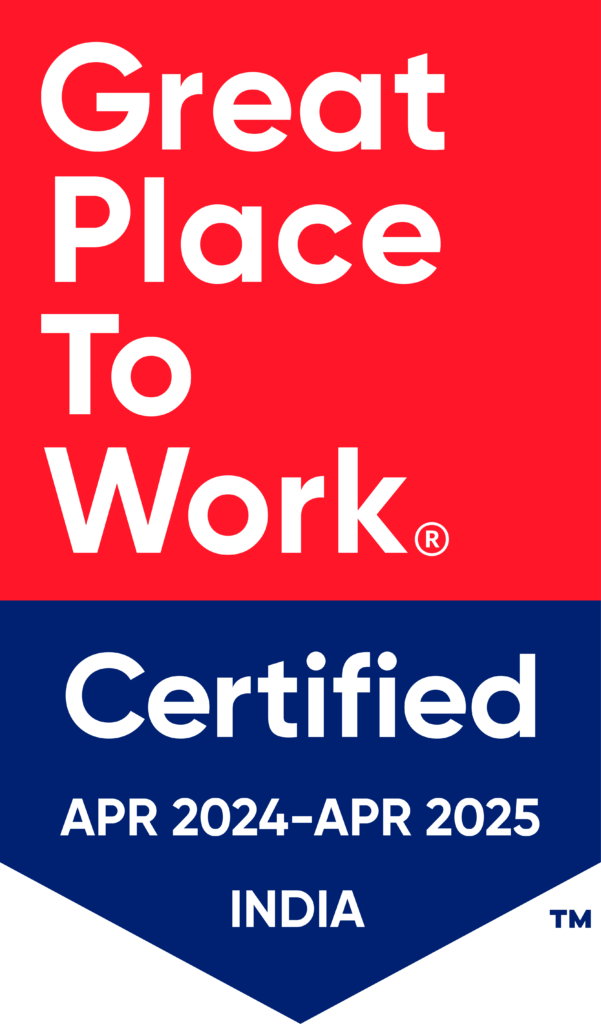Tracking the rise of the RPA ‘bots’
Technology is such an integral part of everyday modern living. It also drives innovation, enhances productivity, leads to transformational operational enhancements, and eliminates human error, particularly in repetitive, low-value everyday business tasks.

With companies striving to achieve higher productivity and efficiency savings, leading the current trends that are reshaping India’s business landscape is RPA (Robotic Processing Automation). With the technology constantly evolving and given that India is set to play a critical role on the global RPA stage, Mr. Snehal Shah from CLA Global Indus Value Consulting takes a closer look at the projections, key digital automation opportunities and a case study that illustrates how organizations that streamline can become more profitable, agile and responsive.
The implementation of AI-led automation initiatives, including RPA, is on the cusp of another growth curve. India is forecast to grow at 20.8% CAGR, a faster rate than any other global RPA market. Studies by IDC, Automation Anywhere and UiPath also predicts that by 2025, 84% of Indian organizations will have embraced RPA. The transformative potential domestically, as well as globally, is enormous.
Automation types – which one is best?
Automation can be defined as technology and innovation applications where physical human input is minimized. This may include IT automation, business process automation, or industrial robotics.
There are various types of automation possibilities, and these generally fall into one of four categories. Fixed Automation is designed to action one specific task. Programmed Automation can be adapted to perform multiple variations of the same task. In comparison, Flexible Automation can carry out a range of tasks autonomously, and is controlled by a computer coded program which doesn’t usually require complex reprogramming. Integrated Automation also features a control system, but this is typically an end-to-end process and doesn’t require any human intervention.
Automation solutions for business processes can be accessed either through open source tools or OEM based tools. Some easily available and user-friendly automation tools include Uipath, Automation Anywhere, Blue Prism, Python, Selenium, to list a few.
Robotic Process Automation (RPA)
RPA is a robotic process automation system that emulates human actions. RPA uses software robots, often called “bots” or “digital workforce” to automate routine and repetitive tasks. Despite it’s name, there is no physical or mechanical robot involved. Rather, it is defined set of instructions that the software ‘bot’ performs at set intervals or when a defined event occurs.
In many global business environments, RPA is gaining in popularity due to its ability to enhance productivity and reduce costs by automating rule-based, labor-intensive, high-frequency business processes previously completed manually.
RPA can be deployed in a wide range of functions, including customer service, data entry, order processing, returns, payroll management, and financial reporting. RPA can also be combined with Artificial Intelligence, Machine Learning, Hyper-Automation and other technologies to accomplish more complex tasks.
The RPA task itself can be instigated at either a set time or be activated by a defined event or alert, e.g. incoming email or digital notification, a new transaction, new batch file, etc.
The RPA benefits
- Allows human workforce to focus on value adding tasks.
- Major cost savings.
- Improved accuracy due to error reduction.
- Timely and improved compliance.
- Digital workforce 24*7 operations.
- Execution with audit trail.
Epitomizing efficiency
A leading financial services and leasing company had 50+ bank accounts, three source applications and five payment gateways as part of its daily and monthly bank reconciliation process. This company selected RPA as an intelligent automation tool inclusive of OCR to manage the end-to-end reconciliation of PDF/excel bank statements.
The result: The company reduced its reconciliation task from 3000 manual work hours per annum to approx. 300 hours. Resulting in a 90% reduction in billable workforce hours.
Transcending all business functions
A recent Grand View Research Inc. report projects that the global RPA market is expected to reach USD 30.85 billion by 2030, with an anticipated CAGR of 39.9% from 2023 to 2030.
The scope of what’s possible with RPA is just getting started. Initially regarded as a back-office support function, RPA is now found in everything from reconciliations to validations, audit and analysis to document reviews. The business areas where RPA can be most helpful and labor-saving include:
| Shared Service Centre | Core Business Operations | Special Operations |
| 1. Finance & Treasury 2. Accounts 3. Taxation 4. HR & Payroll 5. Audit – SOC/ SOX / IA / ABAC 6. Information Technology 7. Cyber security 8. MIS & Reporting | 1. Procurement & Vendor Management 2. Sales & Customer Management 3. Inventory Management 4. Manufacturing & Plant 5. Equipment utilization and log management 6. Capex & Fixed Assets 7. Master Data Management 8. Compliance | 1. Pharmacovigilance 2. Transport & Logistics 3. Quality Assurance 4. Expense Management 5. Distributor & Stockiest 6. Pricing 7. Internet based 8. Web crawling |
With expert support, RPA can be integrated with any interface, server, on-premise or cloud software solution. It is worth noting that there are many RPA software vendors providing a range of different solutions. Take care to compare the features, integrations, level of internal resource required, level of external support provided, scalability, and pricing.
.

